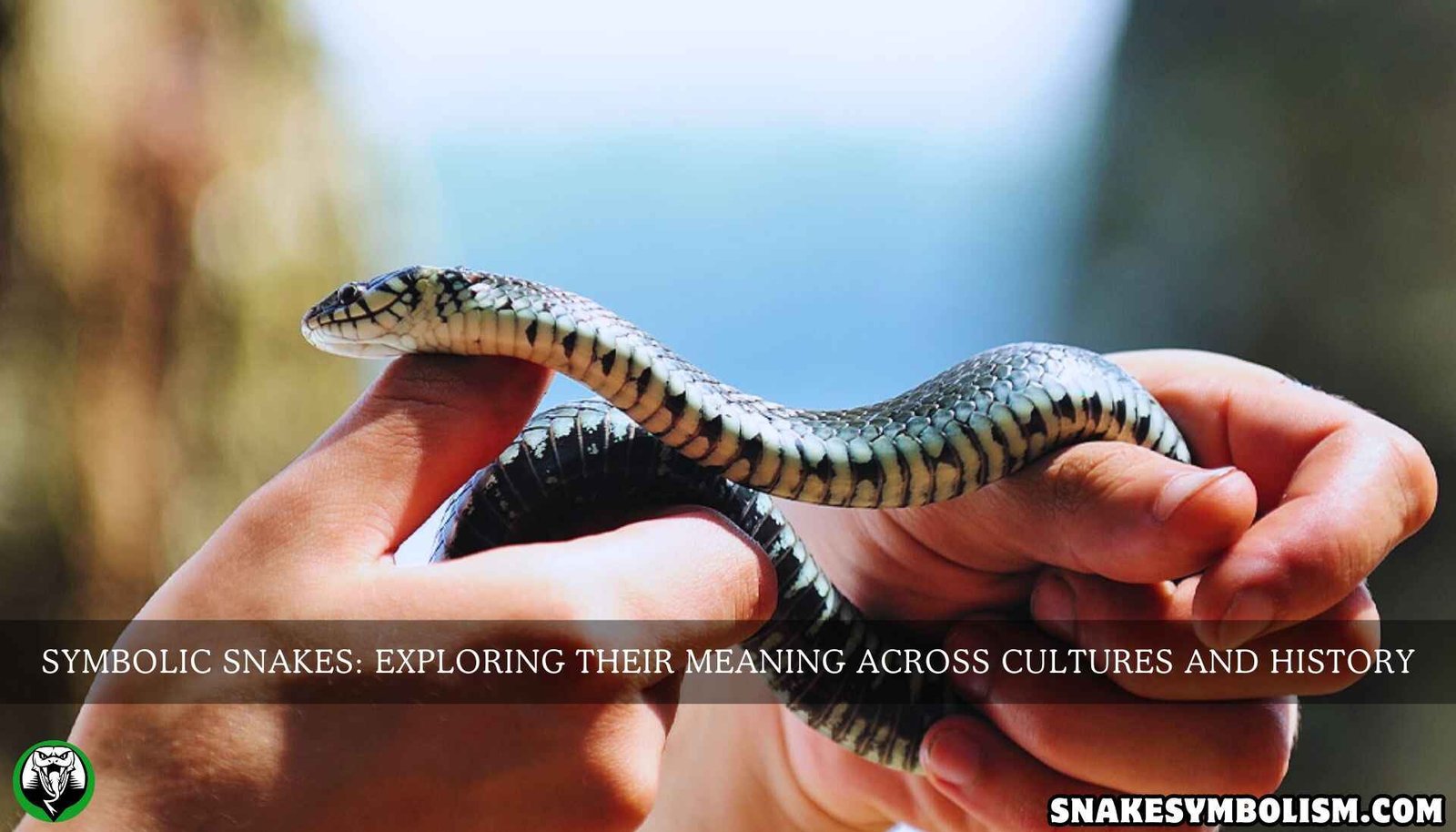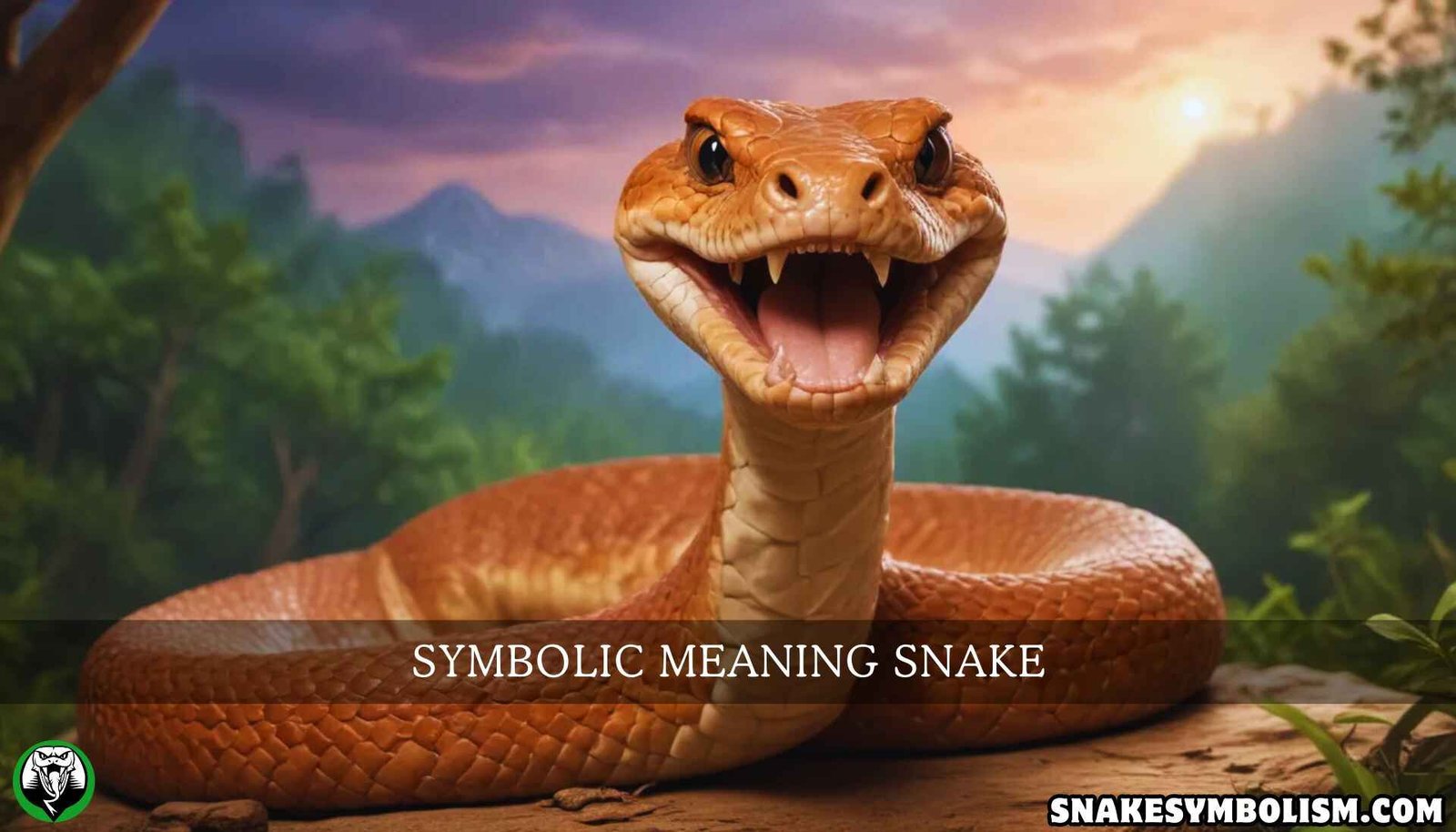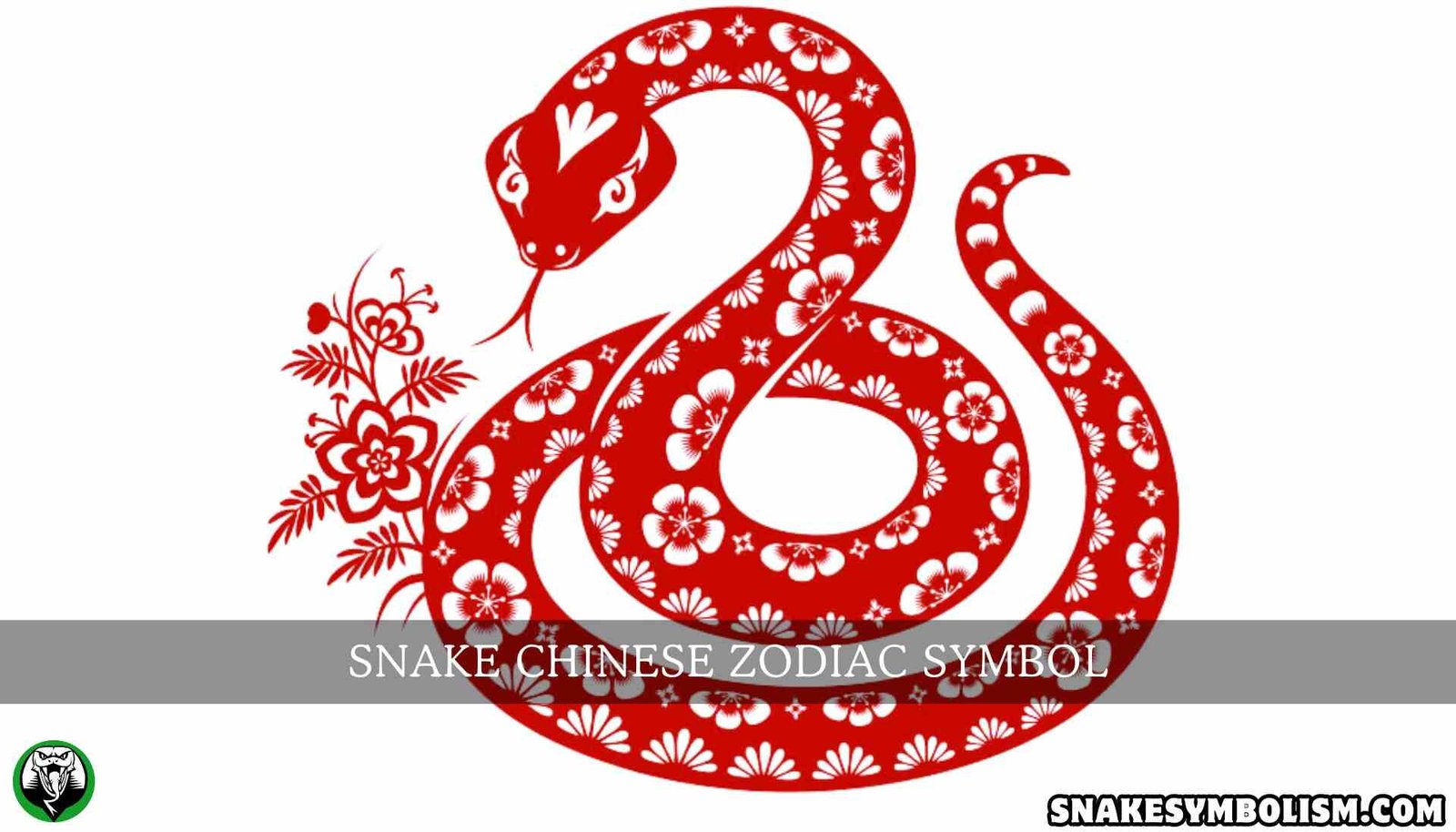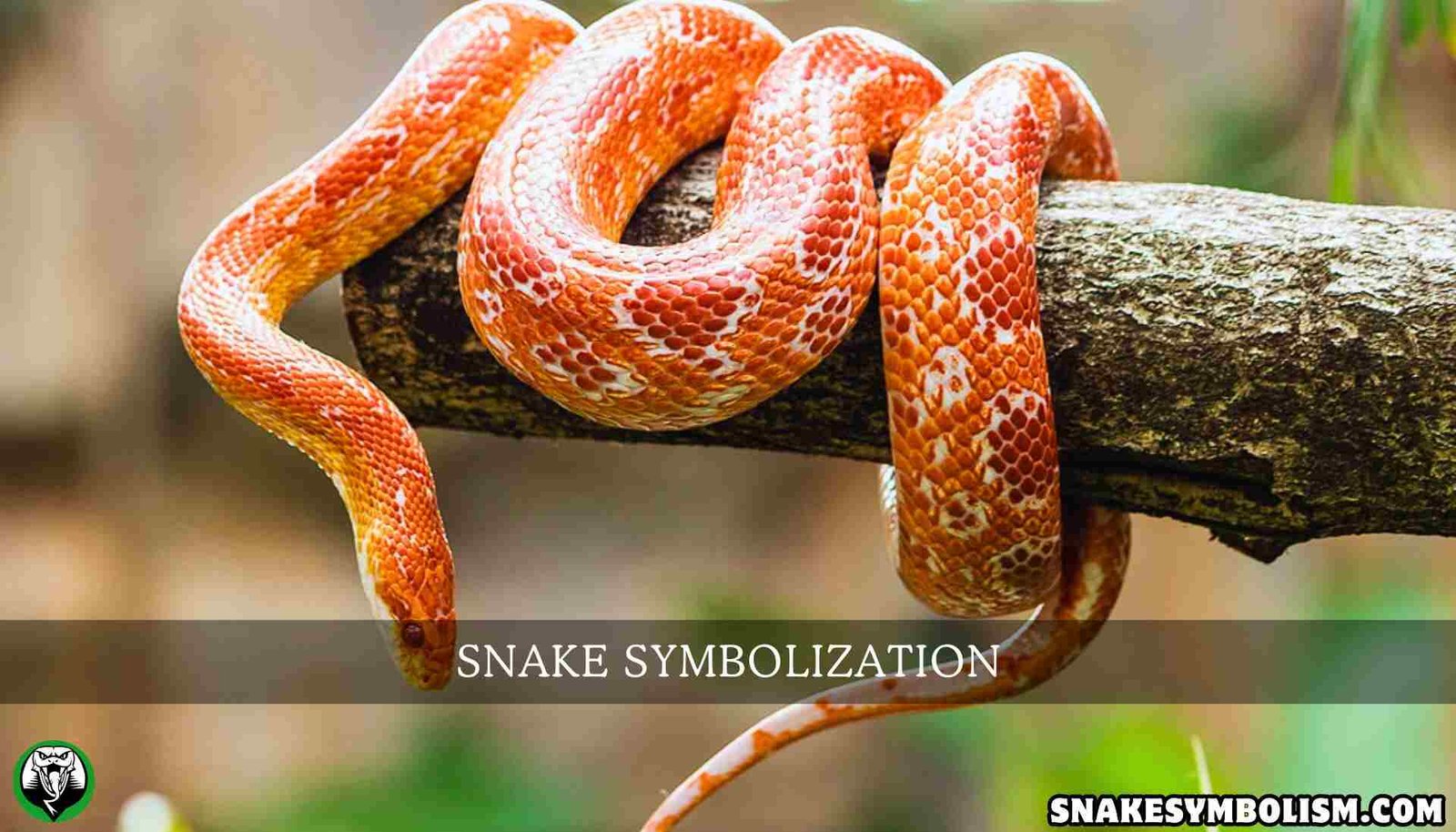In ancient mythologies and stories, snakes were also associated with femininity. Explore what snake symbolism feminine means in history and the Modern Age.
Female Figures in Snake History
There are various stories and mythologies of females as snake symbolism. It reflects wisdom, fertility, and duality in folklore and ancient stories. The significance of snake symbolism feminine is given as:
Greek Mythology:
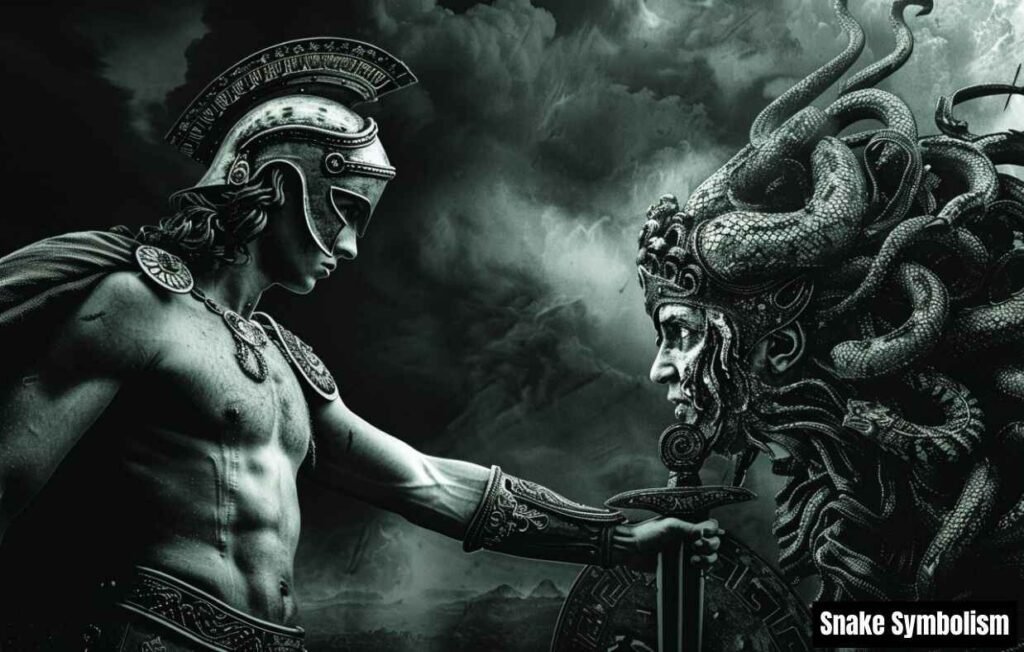
- Medusa is a well-known female associated with snake symbolism in Greek mythology. She was a Gorgon with snake hair head and a gaze that could turn anyone into stone. Medusa was once a beautiful woman who was later cursed by Athena. Meusa had an affair with the lord of the sea Poseidon. They desecrated Athena’s temple which made Athena angry and she transformed Medusa into a monstrous creature. Perseus beheaded Medusa with the help of divine gifts such as winged sandals, a mirrored shield, and an invisibility cap. Even after death, Medusa’s head retained its power which Perseus used as a weapon. Medusa is seen as a symbol of female rage, sexuality, and beauty. She is also interpreted as a symbolic representation of fear and transformation.
- Another female figure from Greek mythology is Lamia. In mythology, it is described that Lamia was having an affair with Zeus. Hera, the wife of Zeus encountered it and cursed Lamia with an infant-eating beast. She had a serpent-like lower body and symbolized danger and seduction.
- Echidna is known as the “Mother of Monsters” in Greek mythology. She was the mother of many famous monsters such as Hydra, Cerberus, and the Chimera. Echidna had a body of half-human and half-serpent which symbolizes duality and destruction, because of her role as the progenitor.
- The Erinyes (Furies) are often portrayed with snakes in their hair and around their arms as a representation of underworld aspects of femininity. The Furies symbolize punishment for misconduct, particularly those against women and families.
- In ancient Greece, the Oracle of Delphi and Python are significant figures associated with the serpent Python. The god Apollo cut down Python and took over the oracle (divine device). This oracle with the serpent is associated with inborn aspects of femininity.
Hindu Mythology
- Naga women also known as Nagini’s are famous serpent beings in Hindu mythology. They transform into half snake and half human. Naga women are the guardians of treasure and symbolize fertility and wisdom. They are also a symbol of duality and beauty.
- In Hindu mythology, Kundalini is associated with feminine energy as it symbolizes growth and consciousness. Kundalini is located at the base of the spine arising from chakras that awake spiritual energy and encourage the unfold inner wisdom.
- Manasa Devi is the serpent goddess while Vasuki is the king of serpents. Hindus worship Manasa Devi for blessings of wealth and protection against snakebites. She is often considered as a symbol of dominance and duality due to her dangerous and protective nature.
Chinese Mythology:
- In Chinese mythology, the legend of the White Snake is a famous tale of the female serpent spirit. Bai Suzhen, White Snake falls in love with Xu Xian and transforms into a beautiful woman. Bai Suzhen symbolizes themes of love, loyalty, complexities, and relationships.
- Nuwa is a creator goddess with the upper body of a woman and the lower body of a serpent. Nuwa plays the role of nurturer and protector as she connects with earth and water. She reflects adaptability and feminine energy.
Ancient Egyptian Mythology:
- In Ancient Egypt, pharaohs and other deities wore headdresses of a cobra known as Uraeus. Similarly, Isis a major goddess in Egyptian mythology is often portrayed with Uraeus. Isis is a snake symbol feminine associated with divine wisdom, magic, fertility, and motherhood.
- Renenutet is an ancient Egyptian goddess of harvest and field protector, portrayed as a cobra or a woman with a cobra’s head. She symbolizes nourishment and strengthening aspects of femininity. Moreover, the cobra head links protection and fortune.
- Wadjet, the protector of Lower was one of the earliest Egyptian deities. She was depicted as a cobra and as the “Eye of Ra”, Wadjet was considered to have powerful safeguarding qualities. She symbolizes royalty, maternal care, and defensive nature.
Other Mythologies
- In Aztec mythology, Cihuacóatl is the goddess. Cihuacóatl means “Snake Woman” and associates Cihuacóatl with childbirth, motherhood, and war. It reflects the power of feminine power in Aztec culture. Additionally, Coatlicue is a goddess related to earth, fertility, and death. She is known as “Serpent Skirt”, wearing a skirt of a serpent and a necklace of human hearts reflecting the symbol of life-giver and devourer.
- In prehistoric Mesopotamian mythology, Tiamat is known as a sea serpentine. She was a mother goddess who gave birth to the first gods. Her alliance with serpentine imagery emphasizes the dual aspects of feminine power. Tiama was betrayed by her children due to which she transformed into a monstrous form. This symbolizes generative and avenging aspects of the feminine. In addition, the goddess Inanna is related to serpents. She symbolizes a feminine prototype of wisdom and sexuality.
- In European folklore, Melusine is portrayed as a woman with a lower body of snake or fish. She is particularly associated with France. It is known that she marries a human keeping her identity a secret from her husband. Melusine symbolizes transformation, mystery, and unknown aspects of femineity.
- Lilith is a serpentine imagery in Jewish Folklore, considered as the first wife of Adam. It is said that she was not obedient and left the Garden of Eve. Lilith is associated with demons and sexual seduction highlighting independent aspects of femininity linked to the disobedience of rigid norms.
- The snake symbolism feminine is also reflected in the biblical story of Eve and the serpent. The serpent tempts Eve to eat the forbidden fruit which leads to loss of innocence and fall of humanity. In the Western view, this story is related to the feminine nature and snake symbolism.
Snake Symbolism and Feminine Energy
In the ancient civilization of Crete during 2000-1400 the Snake Goddess was the iconic figure. Minoan Crete, the Snake Goddess is portrayed as a woman holding a snake in each hand. The representations were found in the archaeological sites of Knossos explicitly in the palace complex. The figure is of a female with a bare chest, complex attire, and a tall crown-like headdress. The snake in her hands is a symbol of the power of regression and life and death. Minoan reflects the role of women in religious and social life, influencing scholars and artists.
Snake symbol feminine is can be seen in other cultures such as Mami Wata is a water spirit portrayed with serpentine features in West African and Caribbean cultures. She reflects on duality and mysteries of the deep. In Norse mythology, Jormungandr (Midgard Serpent) is linked with the goddess of the sea, particularly Ran and her daughters. Jormungdar is not directly linked to femininity in myths but has feminine connotations. In Celtic traditions, Cailleach is an ancient goddess often portrayed with a snake. She has a hold on winter, storms, and wilderness, reflecting transformation and feminine energy. Moreover, In Native American Cultures including Cherokee and Hopi tribes consider the Horned Serpent as a powerful water creature. The myth involves female priestesses, linked to feminine power and knowledge.
Snake Symbolism Feminine in Modern Age
In the modern age, snake symbolism feminine is seen in literature, pop culture, art, and psychology. Feminine energy reflects themes of empowerment, transformation, and complex aspects of femininity. The detail is given below:
Empowerment and Transformation:
In modern interpretations, snake symbolism is often associated with feminist movements such as self-empowerment. It is related to the idea of transformation as a snake sheds its skin and embraces personal growth. Individuals use snake symbolism to express independence and resilience.
Mysticism:
Snakes are also seen as sixth sense and mystical aspects of the women. In modern times it is a symbol of deep instinctual knowledge and the unconscious mind. Practices such as meditation, tarot reading, and obscure traditions use snake imagery to reflect intuitive and mystical qualities of the feminine.
Seductiveness:

In modern culture, the snake symbolism feminine is often seen as a symbol of sensuality and sexuality associated with the “female fatal”. This symbol is widespread in fashion, film, and literature as a representation of allure, mystery, attraction, and complex dynamics of desire. It is also known as a symbol of sin and temptation in the Biblical story of Eve as it evoked sexuality.
Healing and Medicine:
Sanke is often represented as a symbol of medicine often associated with nurturing and caregiving aspects of femininity. The modern medical symbol of caduceus, entwining two snakes around the staff is often linked with the Greek god Hermes and mistakenly with the god Asclepius. This symbolizes holistic health and healing arts.
Cultural and Psychological Perspectives:
In pop culture, snake symbolism is linked with the complexity of femininity. Female characters in novels and films highlight the nurturing and dangerous aspects of femininity. Female characters portrayed as serpentine imagery reflect both the vulnerable and powerful nature of a woman. In psychology, women exploring snake symbolism combines hidden parts of self-awareness and wholeness.
Art and Fashion:
In modern art and fashion, snake motifs convey a sense of mystery and empowerment. Fashion designers and artists use snake imagery to symbolize a strong, independent, and rebellious spirit. Females often wear jewelry, clothes, and tattoos reflecting danger and allure.
Conservative Movements:
In modern symbolism, snakes are recognized as a symbol of nature and complexity. It is misunderstood and feared due to the snake venom and oppression. The snake symbolism needs deep understanding reflecting the protective aspect of the feminine.
Read Content: What is the Spiritual Meaning of Snake?
Conclusion
In summary, snake symbolism feminine has diverse meanings in history and the modern age. The interpretations reflect the multifaceted nature of the feminine experience. The snake remains a powerful as well as evocative symbol representing themes of personal growth, transformation, and the self-contradictory nature of feminine energy.
Also Must Read More: Snake Symbolism in Literature: A Tale of Deception and Transformation



